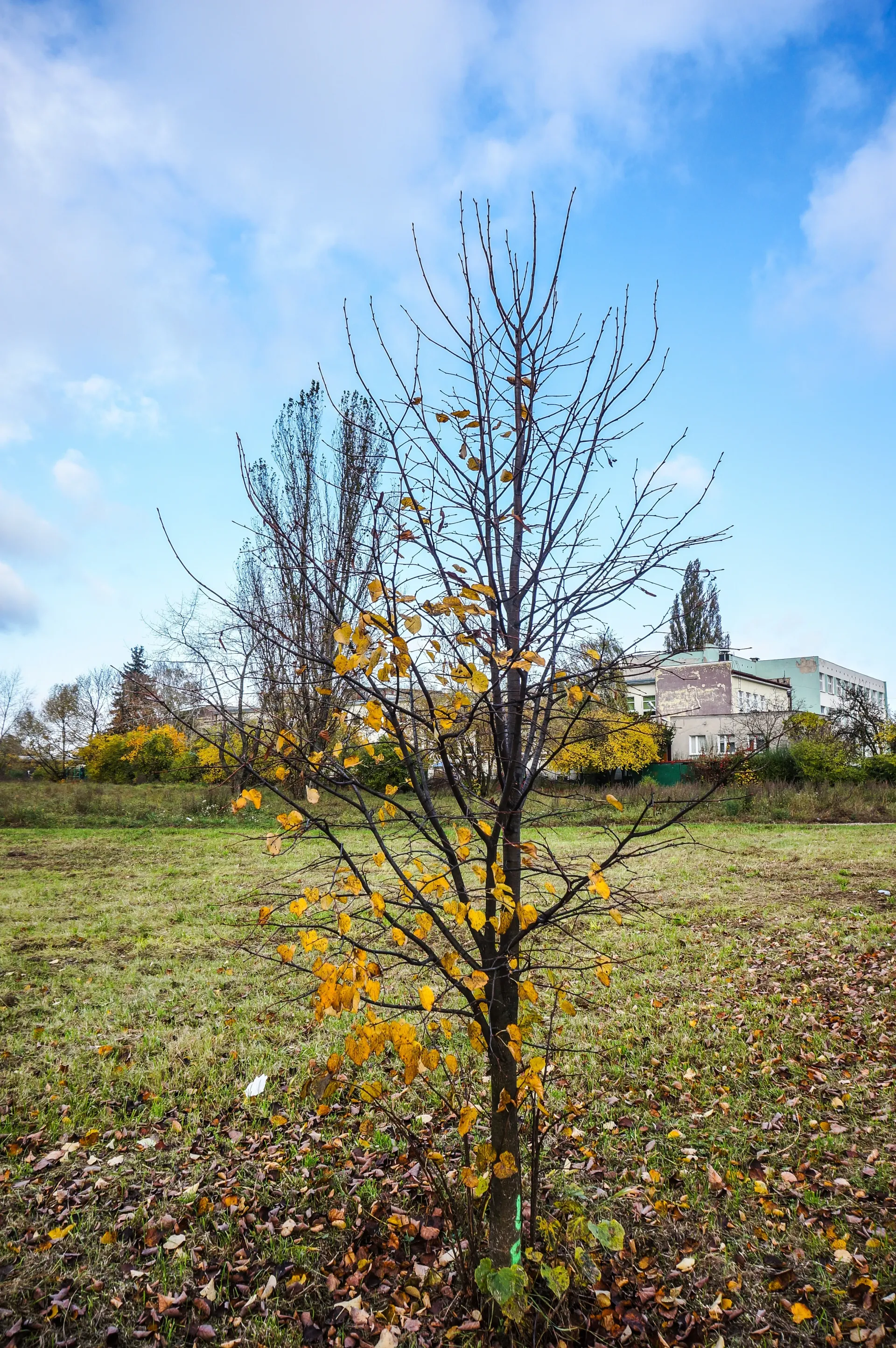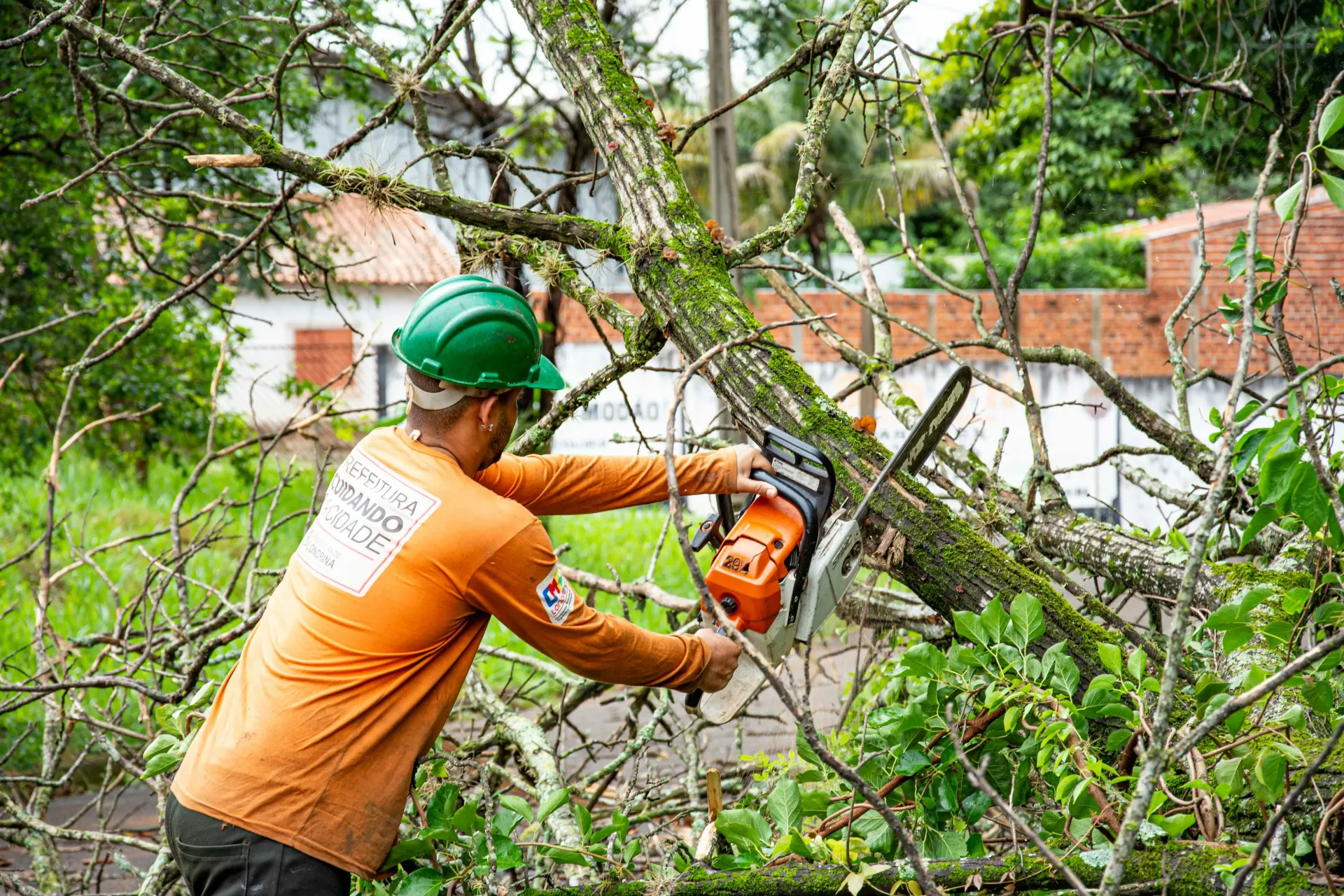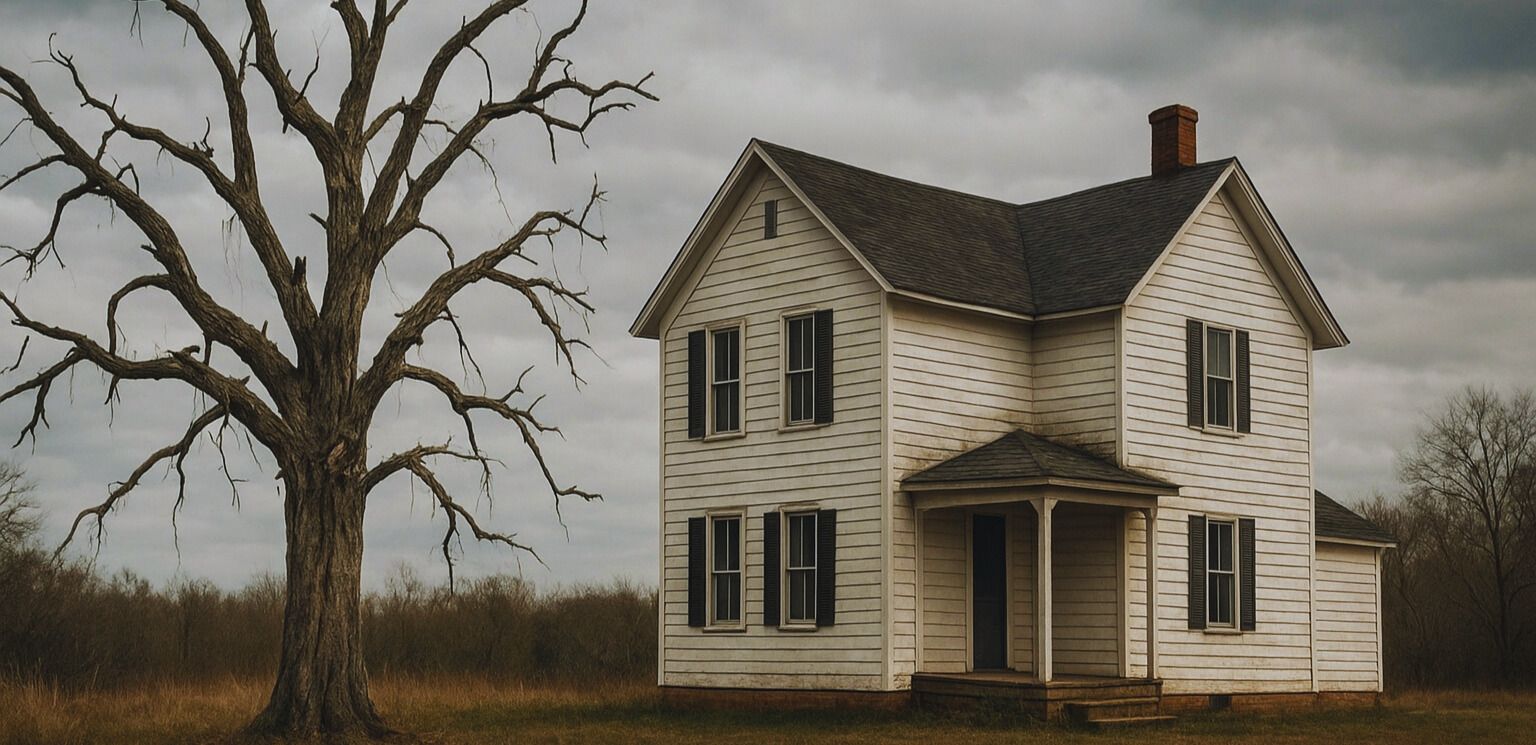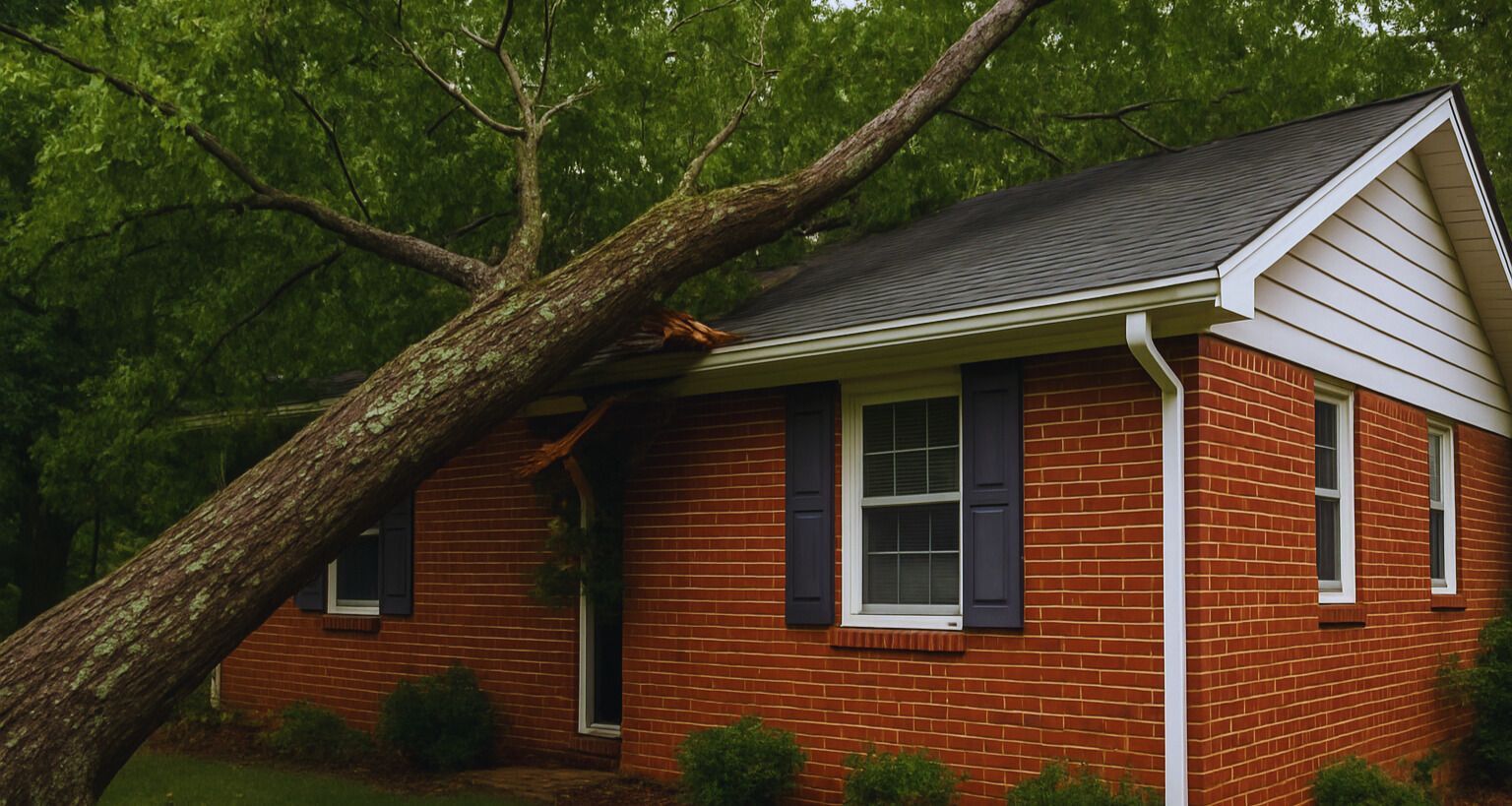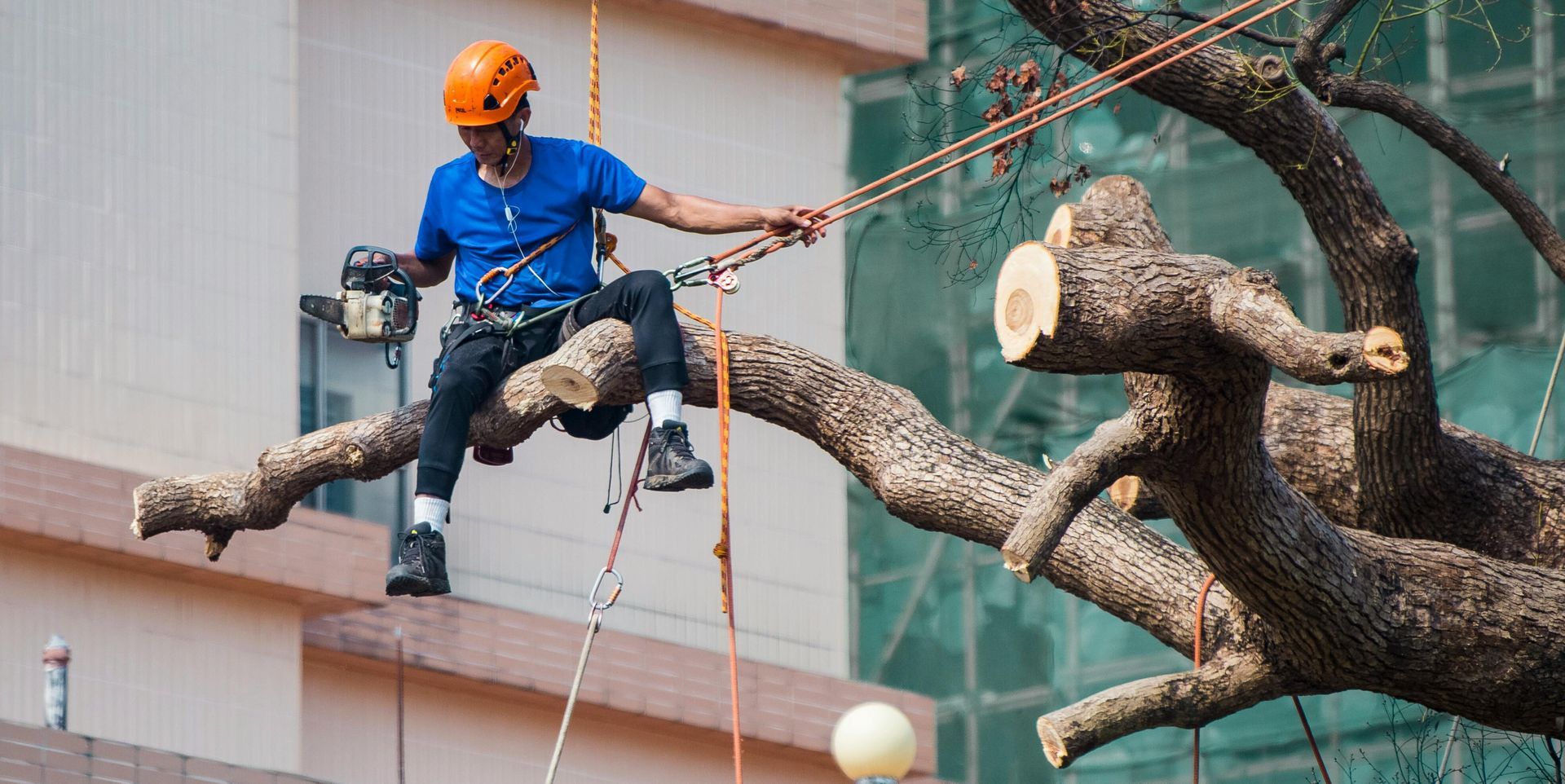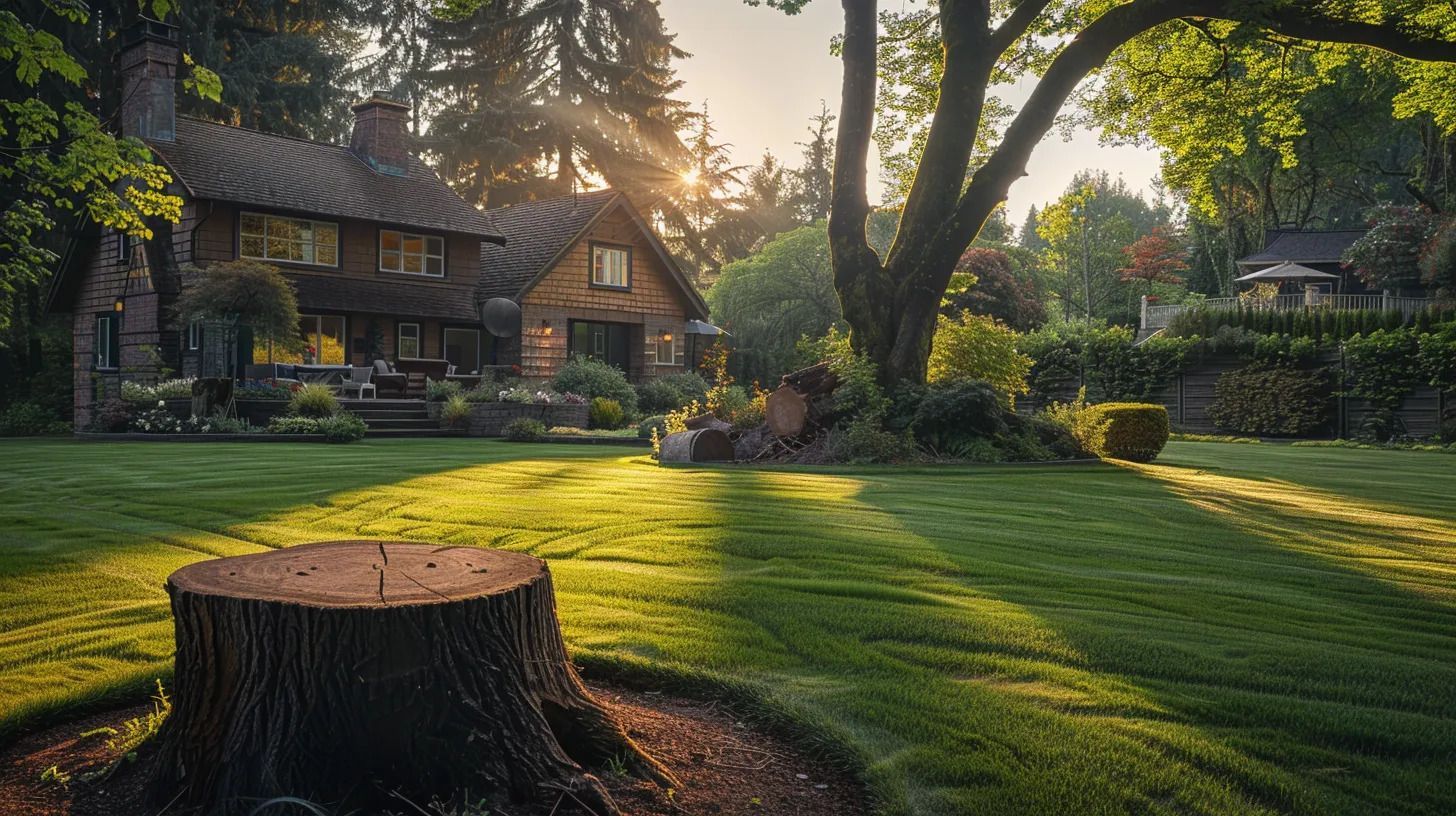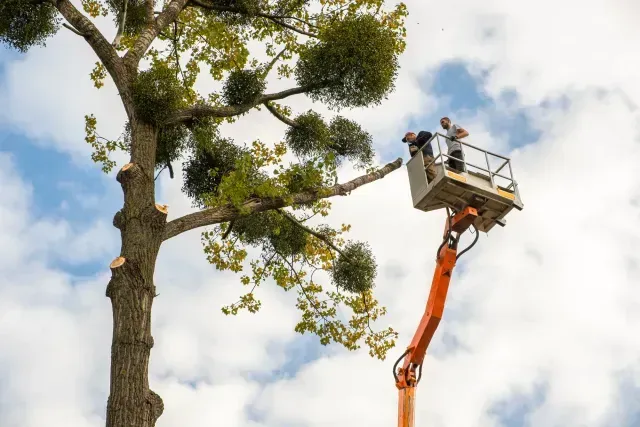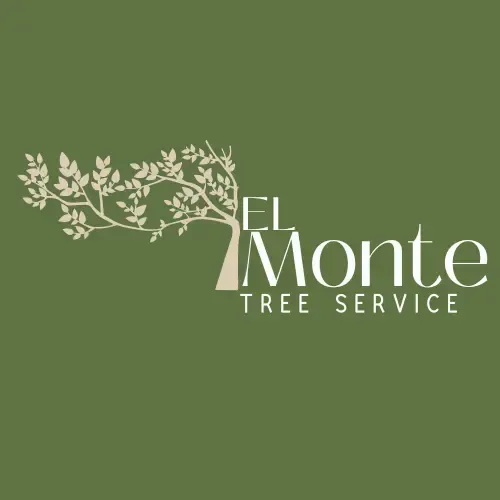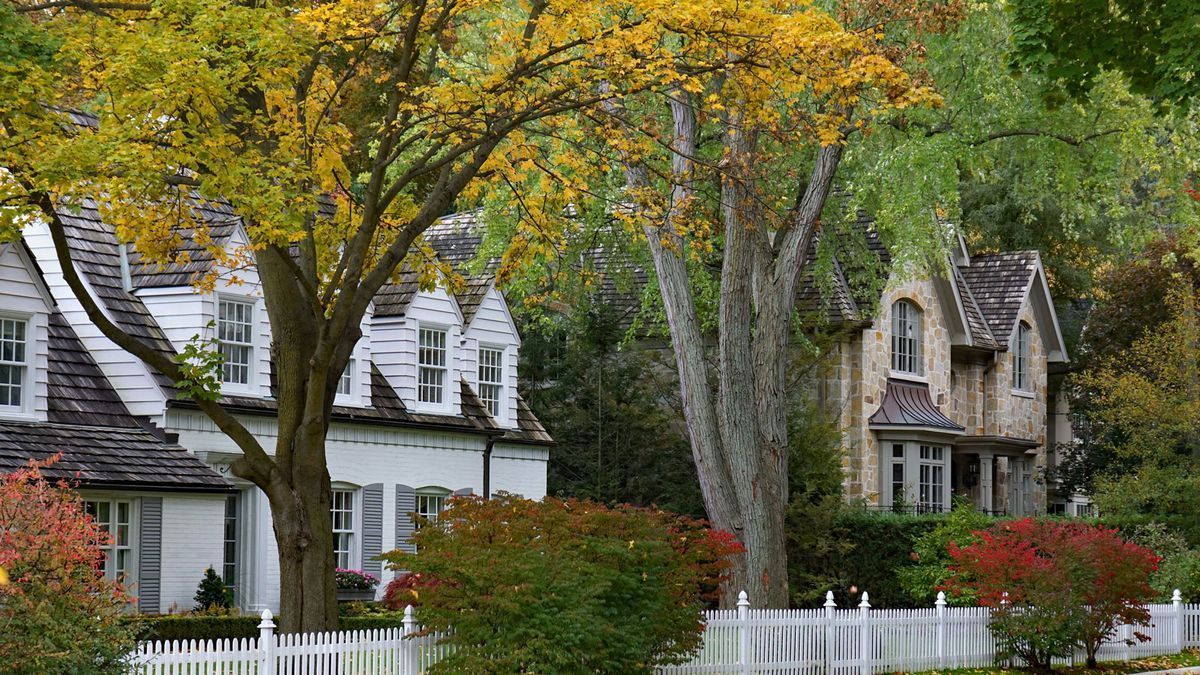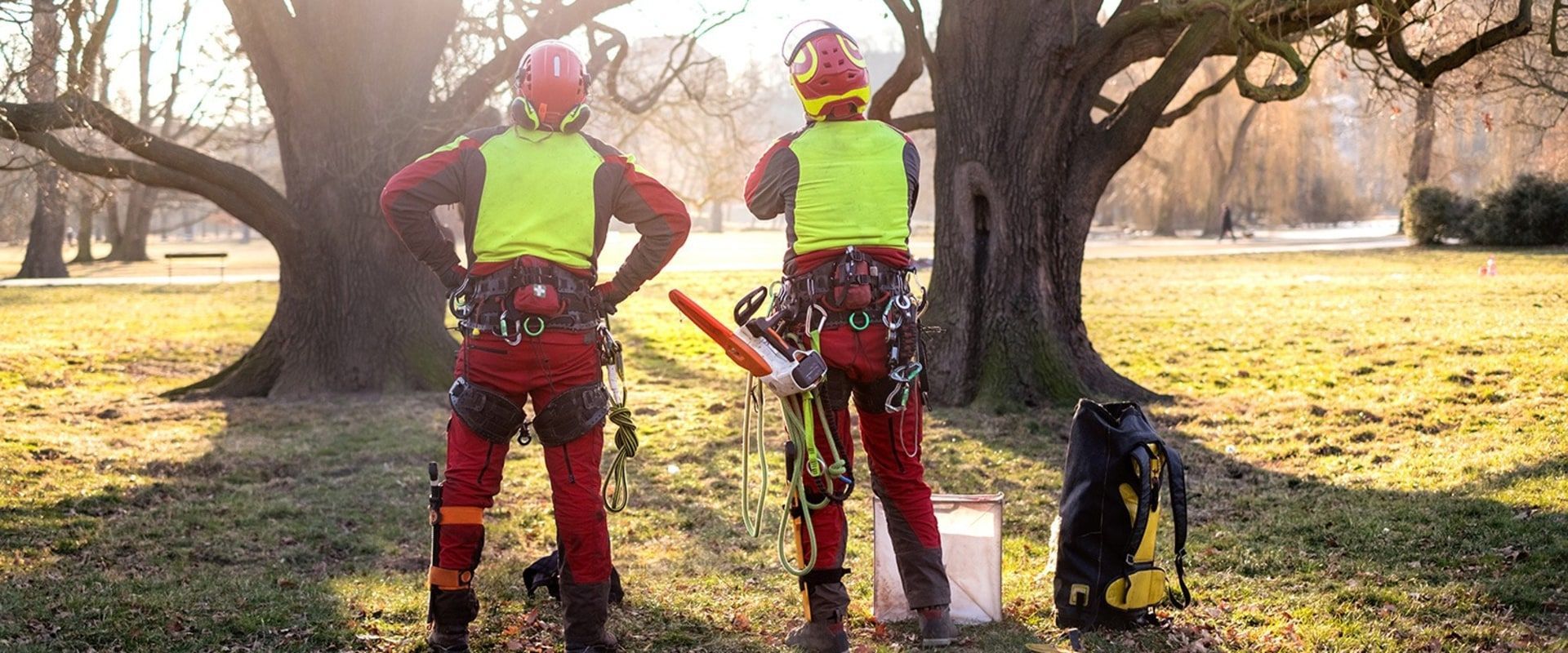The Benefits of Tree Trimming: Encouraging Growth and Preventing Disease
Tree trimming, often mistaken as merely a cosmetic task, is in fact a critical practice in maintaining the health, safety, and aesthetic of your trees. Whether you're nurturing a backyard orchard, managing a decorative landscape, or preserving a centuries-old oak, tree trimming encourages vigorous growth while serving as a first line of defense against disease. By removing dead, diseased, or overgrown limbs, you not only improve a tree’s shape but significantly enhance its resilience.
Well-trimmed trees live longer, grow stronger, and stay safer — especially during seasonal storms or pest outbreaks. The ultimate goal is sustainability: fostering an environment where trees thrive while reducing hazards and maintenance costs. With strategic pruning, you're not just caring for a tree — you're investing in your landscape's long-term vitality.
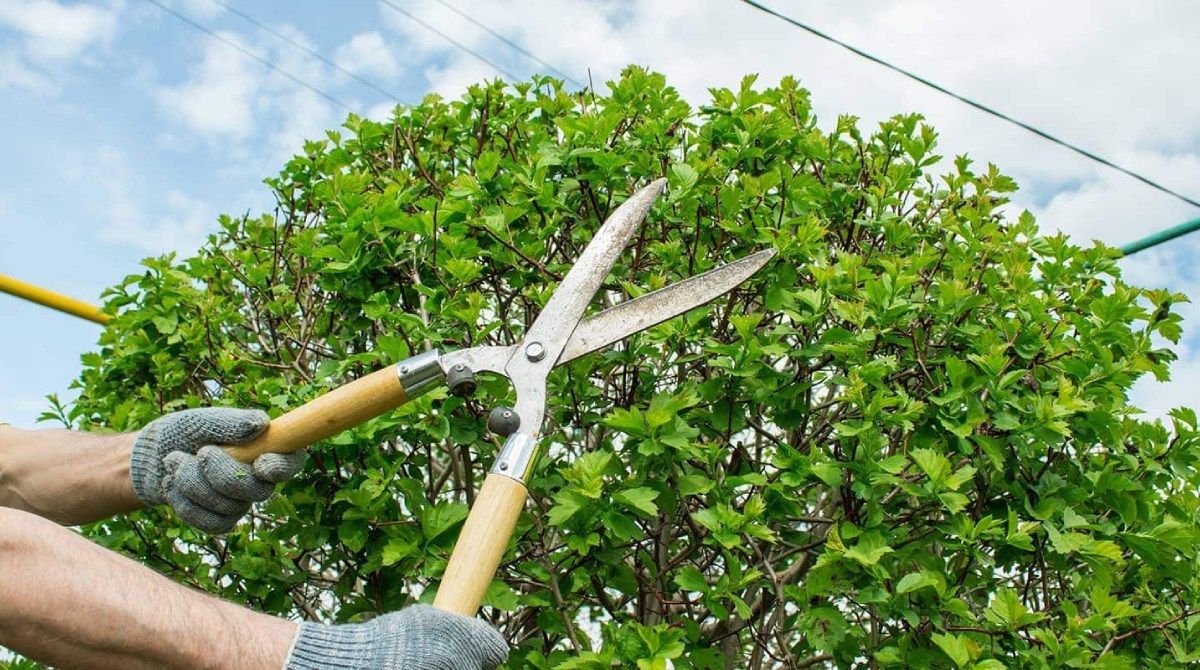
Why Tree Trimming Matters
A tree left unchecked can become unruly and unsafe. Overgrown limbs can interfere with power lines, block sunlight from reaching your garden, and create structural imbalances that make trees vulnerable to breaking. More critically, dense, unpruned trees trap moisture and reduce airflow — ideal conditions for pests and disease.
Tree trimming tackles these issues proactively. It preserves the balance between growth and structure, letting your tree flourish naturally and safely. It’s a silent guardian of health — unseen but vital.
How Trimming Encourages Healthy Tree Growth
When you trim a tree, you stimulate dormant buds and guide nutrients toward stronger branches. Think of it as directing the plant’s energy like a traffic controller. Instead of spreading thin across weak or dying limbs, the nutrients feed vital parts of the tree, leading to healthier foliage, sturdier limbs, and even faster healing.
Additionally, by eliminating cross branches and water sprouts, the tree can better withstand storms and seasonal stressors.
Understanding Tree Biology
To truly appreciate tree trimming, it helps to understand a tree's inner workings. Trees depend on sunlight, water, and nutrients, all of which are absorbed and processed by leaves and roots. When dead or overcrowded branches block sunlight or sap energy, photosynthesis becomes inefficient. Proper trimming ensures that the tree's structure supports optimal light distribution and nutrient flow.
Removing Dead or Diseased Limbs
Deadwood isn't just unattractive — it's dangerous. It can fall unexpectedly, injure people, and damage property. Moreover, it acts as a breeding ground for decay fungi and invasive insects. By cutting it away, you not only make your tree safer but halt the spread of infection to healthy tissue.
Improving Air Circulation Through Trimming
Tightly packed branches may look lush, but they reduce airflow. And without proper air circulation, moisture lingers longer on leaves and bark, setting the stage for fungal infections like powdery mildew or canker. A well-ventilated canopy dries faster and breathes easier, reducing disease risk substantially.
Increasing Sunlight Penetration
Sunlight is the lifeblood of trees. But when upper branches cast too much shade, lower limbs and inner leaves suffer. Strategic trimming opens the canopy, allowing sunlight to reach every corner. This not only boosts photosynthesis but also promotes even growth throughout the tree.
Stimulating New Growth
Trimming away old, non-productive growth stimulates the emergence of new shoots. Especially for fruiting or flowering species, this rejuvenation is essential. The new growth is typically stronger, more fruitful, and better positioned for healthy development.
Reducing Risk of Tree Failure
Heavy, unbalanced limbs can crack or split under their own weight — especially during storms. Tree trimming redistributes weight and strengthens the structural integrity of your tree. This means fewer emergency calls and less property damage.
Preventing Insect Infestation
Bugs love trees. But they especially love weak, wounded, or decaying areas. Trimming helps remove these vulnerable zones, eliminating insect habitats before infestations begin. It’s your natural pesticide — no chemicals needed.
Identifying Signs of Tree Disease Early
While trimming, arborists or homeowners often discover early signs of disease: odd bark textures, leaf discoloration, or unseasonal dieback. Spotting these symptoms early makes treatment more effective and often prevents tree loss.
How Overgrowth Damages Trees
Unchecked growth can choke the tree itself. Overlapping branches rub against each other, causing wounds that invite pests and fungi. Additionally, too many limbs siphon off vital nutrients, weakening the tree over time.
Enhancing Fruit Production in Trees
For fruit trees, pruning isn't optional — it's essential. By opening up the canopy and encouraging strong lateral growth, you improve fruit size, taste, and yield. Overgrown trees may still bear fruit, but it will be small, sparse, and hidden from reach.
Tree Trimming for Ornamental Appeal
Let’s face it: a well-shaped tree just looks better. Symmetrical canopies, well-defined trunks, and clean silhouettes elevate curb appeal and bring visual harmony to gardens. This aesthetic boost can even increase property value.
Seasonal Timing for Tree Trimming
Timing matters. Most trees benefit from pruning during dormancy — late winter or early spring — when the risk of infection is low and new growth is just around the corner. However, exceptions apply. Flowering trees may be best trimmed right after blooming.
Tools Required for Effective Trimming
Whether you're a seasoned DIYer or a curious beginner, having the right tools makes all the difference. Hand pruners, loppers, pruning saws, and pole trimmers are essential. Always clean blades to prevent disease spread, and wear safety gear when working at height.
DIY Tree Trimming Tips
Stay safe. Never trim near power lines, and avoid large branches without proper equipment. Cut at a slight angle just outside the branch collar, and avoid cutting flush against the trunk. Remember: less is often more.
When to Call the Professionals
Large trees, storm-damaged limbs, or branches near structures demand professional attention. Hiring a certified arborist ensures safe, strategic trimming that protects both the tree and your property. You can rely on a trusted Tree Service for peace of mind.
How Often Should Trees Be Trimmed?
There’s no one-size-fits-all answer. Some trees need annual trims, others only every 3–5 years. Monitor your tree’s shape, growth rate, and health — if it looks crowded or unbalanced, it’s likely time for a trim.
Trimming Different Tree Types
Deciduous trees, like maples and oaks, are often best pruned in winter. Conifers, on the other hand, need lighter touch and fewer trims. Always research your specific species or consult an arborist.
Pruning Young vs Mature Trees
Young trees benefit from formative pruning — shaping their growth early for long-term health. Mature trees, meanwhile, require maintenance pruning to remove weak or hazardous limbs and to rejuvenate their canopy.
Legal Considerations for Tree Trimming
In some areas, trimming overhanging branches from a neighbor’s tree can be a legal gray area. Before cutting anything not on your property, review local regulations or consult a legal expert.
Environmental Benefits of Tree Trimming
A healthy tree is an eco-friendly tree. With better airflow and sunlight, trimmed trees absorb more CO₂, support more wildlife, and resist invasive species better — all vital in a changing climate.
Tree Trimming vs Tree Removal
Sometimes, people assume a sick or overgrown tree must be cut down. But trimming often offers a safer, cheaper, and more sustainable alternative — saving the tree and your investment.
Avoiding Common Trimming Mistakes
Over-pruning (also known as "topping") can kill a tree or ruin its structure. Always cut above a healthy bud, avoid removing more than 25% of the canopy, and never trim randomly.
Cost of Tree Trimming Services
Costs vary by tree size, location, and condition. On average, trimming a small tree might cost $150, while large, complex jobs can reach $1,000 or more. The cost, however, often offsets future risks and liabilities.
How Tree Trimming Boosts Property Value
Clean, well-kept trees enhance curb appeal, making your property more inviting. Prospective buyers see healthy trees as a sign of good maintenance and long-term care.
Partnering with a Professional Tree Service
Looking for reliable tree care experts? Consider hiring a trusted Tree Service. They have the experience, tools, and insurance to handle even the most challenging jobs safely and efficiently.
How to Schedule a Consultation
Ready to take the next step? Visit the Contact page to schedule a quote or speak with a local arborist. Prompt attention today can prevent costly damage tomorrow.
FAQs
What is the best time of year to trim trees?
Late winter or early spring, when trees are dormant and healing is fastest.
Can tree trimming prevent storm damage?
Yes, by removing weak or overgrown limbs, trees become more wind-resistant.
Will trimming help a tree grow faster?
Indirectly, yes — by redirecting nutrients to productive branches, growth is optimized.
Is it safe to trim trees yourself?
Small trees, yes — with care. But large trees should be left to professionals.
How do I know if my tree is diseased?
Look for dead branches, oozing bark, discolored leaves, or insect activity.
How much does professional trimming cost?
Typically between $150 and $1,000, depending on tree size and location.
Conclusion
Tree trimming is more than a maintenance task — it’s a long-term investment in the safety, beauty, and vitality of your landscape. From encouraging vibrant growth to preventing devastating diseases, strategic pruning pays off in both peace of mind and property value. Don’t wait for branches to fall — take proactive steps today for a healthier tomorrow.
Links:
- Tree Service: https://www.montetreeservice.com/
- Contact: https://www.montetreeservice.com/contact
